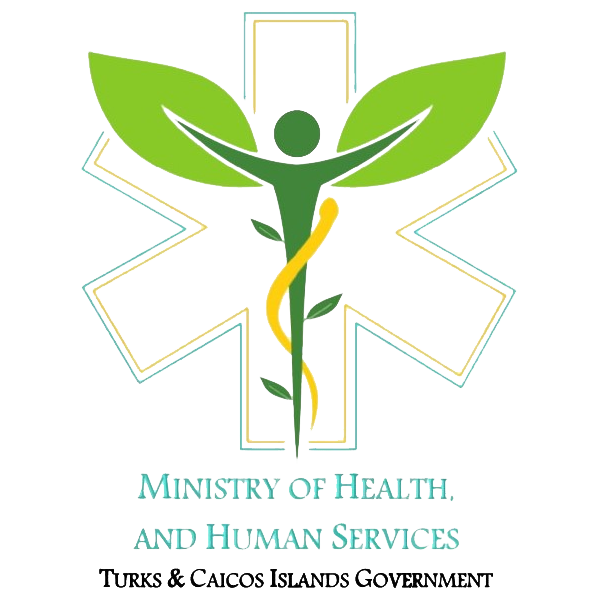

Importance of masks and respirators
Masks and respirators (personal respiratory protective devices) are essential during the COVID- 19 outbreak. Surgical masks and respirators both act as a barrier that catches hazardous materials before they enter a healthy person’s mouth or nose. They help slow the spread of the disease and protect health care providers. Both masks and respirators need to be used in combination with appropriate eye protection (e.g., face shield, goggles) to achieve full protection of the eyes, nose and mouth.
There are a number of different types of masks and respirators. They each have a particular use in a particular setting.
N95 respirators for medical applications
N95 respirators (or particulate filtering face-piece respirators).
N95 respirators achieve a minimum filtration efficiency of 95% when worn properly. The edges of the mask form a seal around the nose and mouth. N95 respirators (not medical masks) are designed to reduce the risk of inhaling hazardous airborne particles and aerosols.
N95 respirators are produced in many different styles, such as cup-style (see image), flat fold or duckbill. They may or may not have an exhalation valve.
In a healthcare setting, N95 respirators protect against exposure to respiratory viruses and bacteria.
The U.S. National Institute for Occupational Safety and Health (NIOSH) evaluates, tests and certifies N95 respirators. The masks must pass minimum performance requirements, such as filter efficiency and breathing resistance
Masks (surgical, procedure or medical masks)
Masks, for example surgical masks, are worn by operating room personnel during surgical procedures (see image). They protect both the patient and operating room staff from the transfer of micro-organisms, body fluids and particulate material.
Unlike N95 respirators, masks are looser in fit. As a result, they do not provide the same level of filtration.